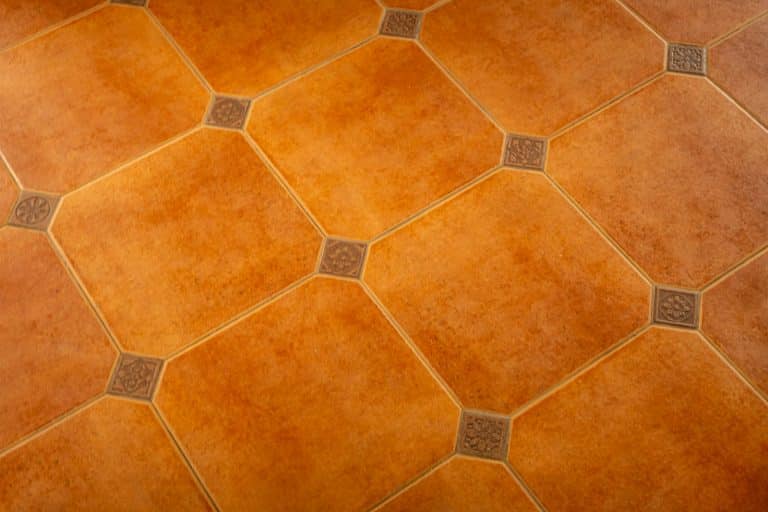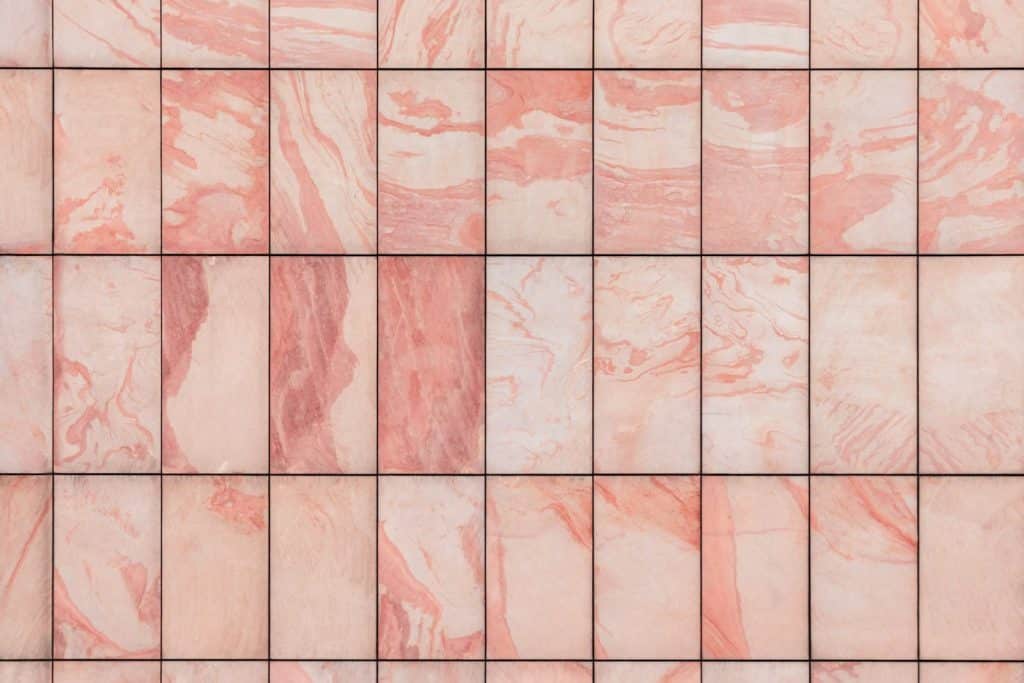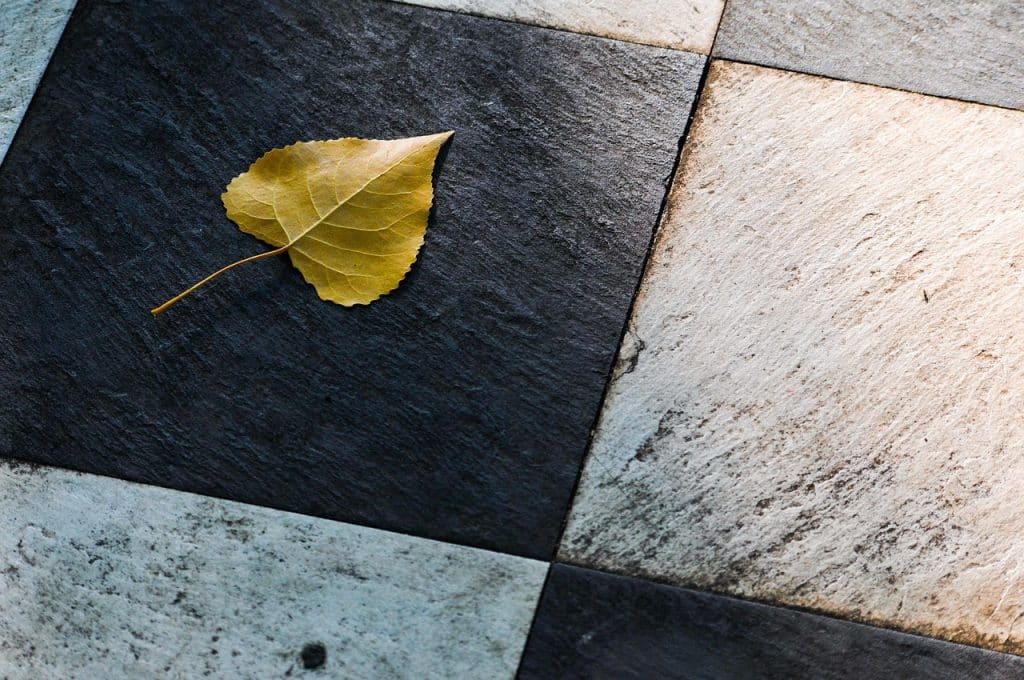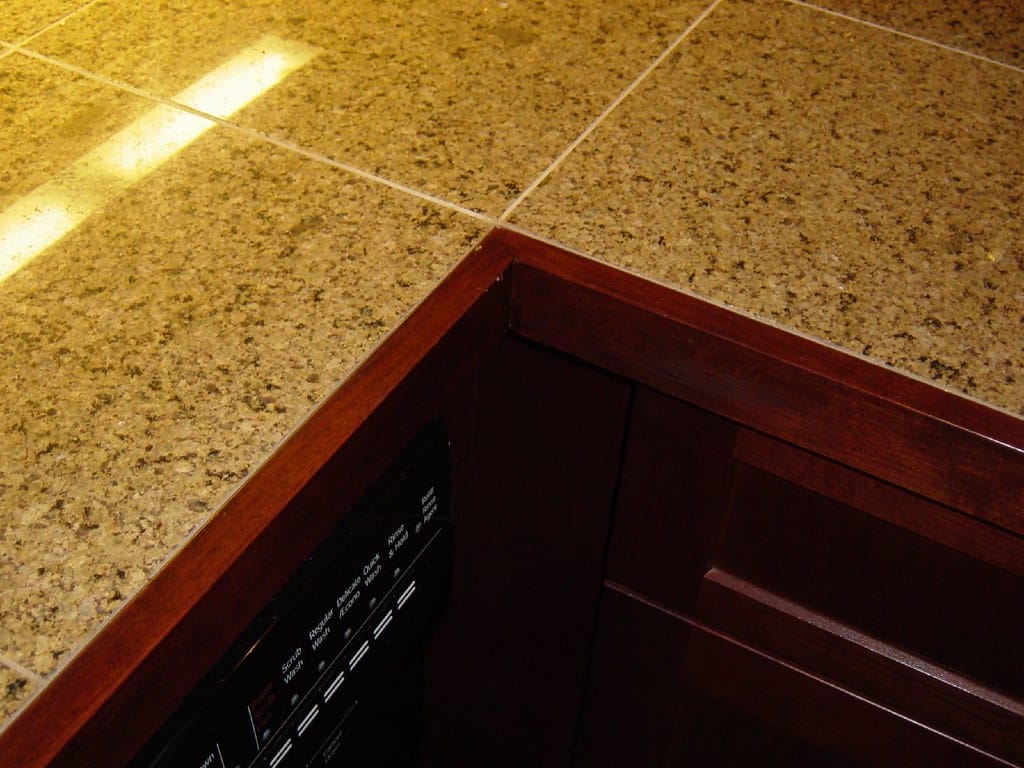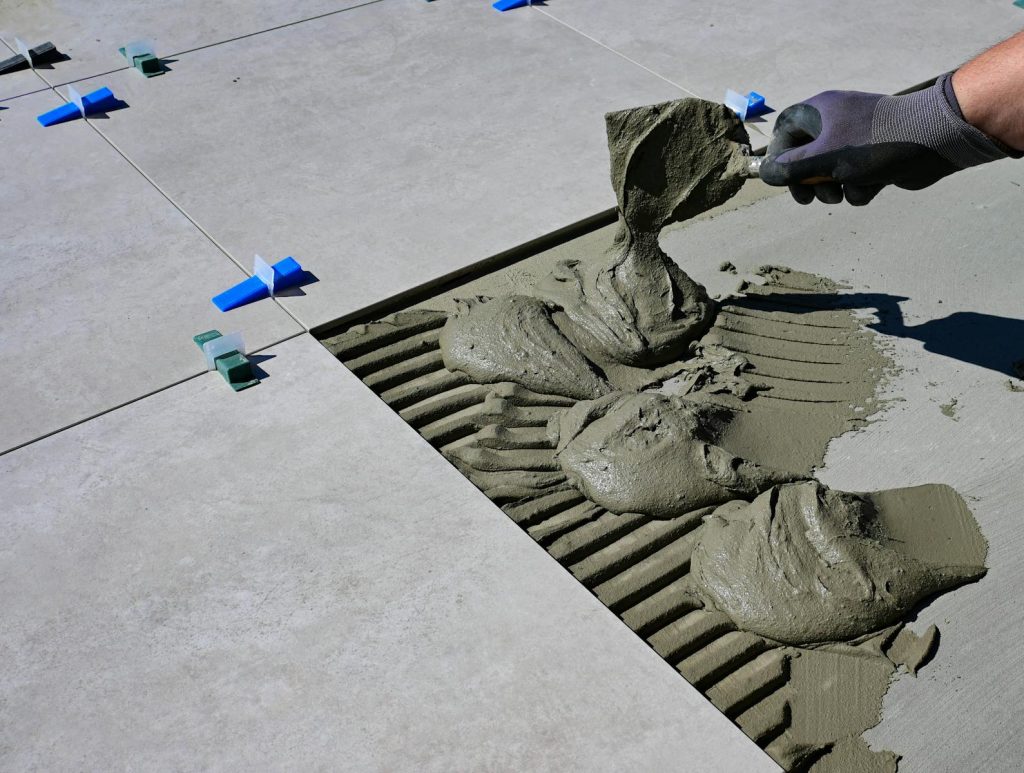The floor tiles are one of the foundational elements of any space, playing a crucial role in both aesthetics and functionality. Among flooring materials, floor tiles remain a popular choice due to their durability, versatile designs, and longevity. Floor tiles not only define the visual character of a room but also offer practical benefits like water resistance and easy maintenance. But what types of floor tiles are available? How do you choose the right ones for your home? Let’s explore.
What Are Floor Tiles?
Floor tiles are durable, flat slabs typically made from ceramic, porcelain, or natural stone. Designed for high-traffic areas, they balance style and practicality by offering diverse patterns, colors, and textures. Whether you want a sleek modern look, a rustic wood finish, or classic stone elegance, floor tiles adapt to any design vision.
Their applications span indoor and outdoor spaces, from kitchens to gardens, making them a versatile choice for residential and commercial settings alike.
Where Are Floor Tiles Used?
1. Kitchen
Kitchens demand durable and easy-to-clean flooring due to spills, heat, and heavy foot traffic. Ceramic and porcelain tiles excel here, resisting stains and offering endless style options.
2. Bathroom
Moisture-resistant tiles like porcelain or non-slip matte tiles are ideal for bathrooms. Their water-resistant properties prevent mold, while textured surfaces enhance safety.
3. Living Room & Bedrooms
Large-format tiles create a seamless, spacious feel. Wood-look porcelain tiles or polished natural stone tiles add warmth and elegance to living areas.
4. Entryways & Hallways
High-traffic zones benefit from scratch-resistant tiles like quarry tiles or glazed porcelain. Opt for dark shades or patterns to mask dirt.
5. Outdoor Areas (Balcony, Patio, Garden)
Porcelain pavers or frost-resistant stone tiles withstand weather extremes. Non-slip surfaces and earthy textures blend with outdoor aesthetics.
6. Office Spaces
Commercial-grade ceramic tiles offer durability and professional appeal for offices. Neutral tones like gray or beige maintain a clean, modern look.
Types of Floor Tiles
1. Ceramic Tiles
Affordable and versatile, ceramic tiles come in glossy or matte finishes. Perfect for indoor walls and floors.
2. Porcelain Tiles
Denser and more durable than ceramic, porcelain resists moisture and scratches. Ideal for kitchens, bathrooms, and outdoors.
3. Natural Stone Tiles
Luxurious options like marble, granite, or travertine add timeless elegance. Requires periodic sealing.
4. Wood-Look Porcelain Tiles
Mimics hardwood’s warmth without maintenance. Scratch-resistant and ideal for living areas.
5. Mosaic Tiles
Decorative small-format tiles for accent walls, showers, or backsplashes. Available in glass, stone, or metal.
Benefits of Floor Tiles
- Durability: Resistant to cracks, stains, and heavy foot traffic.
- Water Resistance: Porcelain and ceramic repel moisture, ideal for wet areas.
- Easy Maintenance: Simple cleaning with water and mild detergent.
- Design Flexibility: From minimalist to ornate patterns.
- Compatibility with Heating Systems: Works with underfloor heating.
How to Choose Floor Tiles
- Traffic Level: Use porcelain or quarry tiles for high-traffic zones.
- Slip Resistance: Opt for textured tiles in bathrooms and outdoors.
- Size & Layout: Large tiles (24″x24″) minimize grout lines for a sleek look.
- Color & Pattern: Light colors expand small spaces; dark tones add depth.
Conclusion: Elevate Your Space with Floor Tiles
Floor tiles merge practicality with aesthetic versatility, making them ideal for any room or style. By selecting the right type and design, you can enhance your home’s foundation for decades.

